Home>Home Appliances>Laundry Appliances>How To Get Water Out Of A Washing Machine
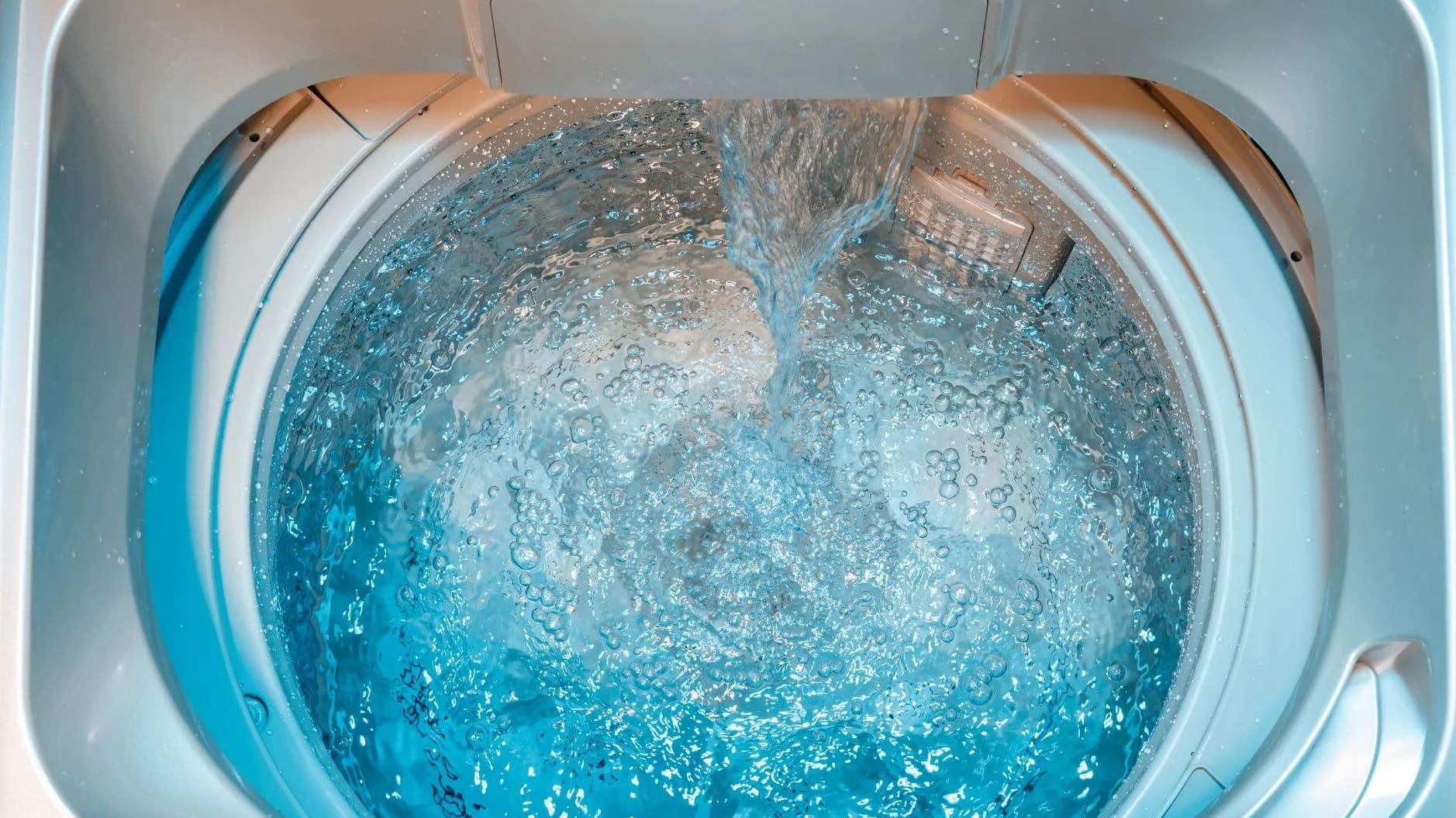

Laundry Appliances
How To Get Water Out Of A Washing Machine
Published: February 23, 2024
Learn effective methods for removing water from a washing machine. Get expert tips for dealing with this common issue in laundry appliances.
(Many of the links in this article redirect to a specific reviewed product. Your purchase of these products through affiliate links helps to generate commission for Storables.com, at no extra cost. Learn more)
Common Causes of Water Build-Up
Water build-up in a washing machine can be a frustrating issue, often leading to concerns about potential damage and the inconvenience of dealing with excess moisture. Understanding the common causes of this problem is crucial for effectively addressing it. Here are some of the primary reasons why water may accumulate in your washing machine:
-
Clogged Drainage System: Over time, debris such as lint, dirt, and small objects can obstruct the drainage system of the washing machine. This obstruction prevents water from flowing out efficiently, leading to accumulation inside the machine.
-
Faulty or Blocked Pump: The pump in a washing machine is responsible for draining water during the spin cycle. If the pump is faulty or obstructed by foreign objects, it may struggle to expel water effectively, resulting in build-up within the machine.
-
Issues with the Drain Hose: A kinked, twisted, or improperly installed drain hose can impede the smooth flow of water out of the washing machine, causing water to remain inside the tub.
-
Excessive Suds: Using an excessive amount of detergent or the wrong type of detergent can lead to an overabundance of suds during the wash cycle. These suds can trap water in the machine, leading to build-up after the cycle is complete.
-
Worn Out or Damaged Seals: The door seal and other internal seals of the washing machine can degrade over time, leading to leaks and water accumulation.
Understanding these common causes of water build-up in a washing machine is the first step toward effectively addressing the issue. By identifying the specific cause of the problem, you can take targeted steps to resolve it and prevent future occurrences of water accumulation.
Key Takeaways:
- Don’t let water build-up in your washing machine stress you out! Check the drain hose, pump, and seals for issues. If problems persist, call a professional to keep your machine running smoothly.
- If you find water in your washing machine, unplug it and manually remove the water using a bucket or wet/dry vacuum. Keep an eye on the drainage process and consider seeking professional help if issues persist.
Read more: How To Get Sand Out Of A Washing Machine
Steps to Remove Water Manually
Dealing with water build-up in a washing machine can be a daunting task, but there are effective steps you can take to manually remove the excess water. By following these methods, you can address the issue promptly and prevent potential damage to your appliance and surrounding area.
1. Unplug the Washing Machine
Before attempting to remove water manually, it is crucial to ensure the safety of the appliance and yourself. Start by unplugging the washing machine from the power source to eliminate the risk of electric shock during the process.
2. Prepare the Necessary Supplies
Gather the essential tools and materials needed to remove the water. You will require a bucket or a large container to collect the water, as well as towels to clean up any spills and prevent water from spreading to the surrounding area.
3. Locate the Drainage Area
Identify the drainage area of the washing machine. This is typically located at the bottom of the appliance and may be concealed by a small panel. Once located, carefully remove the panel to access the drainage point.
4. Drain the Water
Place the bucket or container near the drainage area to collect the water. Depending on the design of your washing machine, you may need to unscrew a cap or release a valve to allow the water to flow out. Be prepared for a significant amount of water to drain out, so ensure that your container has sufficient capacity.
5. Monitor the Drainage Process
As the water drains out, keep a close eye on the flow to ensure that it is consistent and unobstructed. If the water appears to be draining slowly or stops flowing altogether, there may be a blockage in the drainage system that needs to be addressed.
6. Clean Up and Reassemble
Once the water has been successfully drained, use towels to wipe down the interior of the washing machine and clean up any residual moisture. Reassemble the drainage panel securely and dispose of the collected water appropriately.
By following these steps to remove water manually from your washing machine, you can effectively address the issue of water build-up and prevent potential complications. However, if you encounter persistent water accumulation or suspect underlying mechanical issues, it may be necessary to seek professional assistance to diagnose and resolve the problem comprehensively.
Using a Wet/Dry Vacuum
When dealing with water build-up in a washing machine, utilizing a wet/dry vacuum can be an effective and efficient method to remove excess water and address the issue promptly. This approach is particularly beneficial when manual draining methods may not be feasible or when dealing with larger volumes of water. Here's a detailed guide on using a wet/dry vacuum to tackle water accumulation in your washing machine.
Read more: How To Get Rust Out Of A Washing Machine
Preparation and Safety Measures
Before using a wet/dry vacuum, it is essential to prioritize safety and prepare the necessary equipment. Ensure that the wet/dry vacuum is suitable for handling water and equipped with the appropriate attachments for liquid suction. Additionally, confirm that the vacuum is unplugged and positioned away from any water source to prevent electrical hazards.
Accessing the Water
Begin by locating the area where the water has accumulated in the washing machine. This may involve removing panels or accessing the drainage point, depending on the design of the appliance. Carefully inspect the interior to identify the extent of the water build-up and determine the best approach for using the wet/dry vacuum.
Setting Up the Vacuum
Attach the appropriate nozzle or attachment to the wet/dry vacuum for liquid suction. Ensure that the vacuum is configured for wet operation and that the collection tank is empty before proceeding. Position the vacuum near the water source, ensuring stability and accessibility for the suction nozzle.
Initiating the Suction Process
Switch on the wet/dry vacuum and carefully guide the suction nozzle into the water within the washing machine. Begin the suction process, allowing the vacuum to effectively draw in the water from the interior of the appliance. Move the nozzle methodically to cover the entire area and ensure thorough water removal.
Monitoring and Emptying the Collection Tank
As the wet/dry vacuum extracts the water, monitor the collection tank to gauge the volume being accumulated. Depending on the capacity of the vacuum and the amount of water present, periodic pauses may be necessary to empty the collection tank to prevent overflow and maintain optimal suction efficiency.
Completing the Process
Once the water has been successfully extracted from the washing machine, switch off the wet/dry vacuum and disconnect the power source. Empty the collection tank carefully and dispose of the extracted water appropriately. Use towels to dry any residual moisture within the appliance and surrounding area.
Considerations and Professional Assistance
While using a wet/dry vacuum can be effective for removing water from a washing machine, it is important to consider the underlying causes of water build-up. If the issue persists or if there are indications of mechanical malfunctions, seeking professional assistance from a qualified appliance technician is advisable to diagnose and address the root cause comprehensively.
By employing a wet/dry vacuum to remove water from your washing machine, you can efficiently mitigate the effects of water build-up and prevent potential damage to the appliance. This method offers a practical solution for addressing water accumulation, especially in situations where manual draining may be challenging or impractical.
Checking the Drain Hose
Inspecting the drain hose of your washing machine is a crucial step in addressing water build-up issues. A blocked or improperly installed drain hose can impede the efficient flow of water out of the appliance, leading to accumulation within the tub. By thoroughly examining the drain hose and addressing any potential issues, you can effectively mitigate water build-up and ensure the optimal functioning of your washing machine.
Read more: How To Get Glitter Out Of A Washing Machine
Visual Examination
Begin by visually inspecting the drain hose for any signs of damage, kinks, or blockages. Trace the entire length of the hose, paying close attention to areas where it connects to the washing machine and the external drainage point. Look for any visible obstructions, such as lint, debris, or foreign objects that may be hindering the flow of water. Additionally, check for any sharp bends or kinks that could restrict the passage of water through the hose.
Clearing Blockages
If you identify any blockages within the drain hose, carefully remove them to restore unobstructed water flow. Use a combination of gentle manual manipulation and appropriate tools, such as a plumbing snake or flexible brush, to dislodge and clear any debris or build-up within the hose. Ensure that the hose is thoroughly cleaned and free from obstructions before reattaching it to the washing machine and drainage point.
Hose Positioning and Installation
Verify that the drain hose is correctly positioned and installed to facilitate efficient water drainage. Ensure that the hose is not excessively twisted, kinked, or bent, as these irregularities can impede the smooth flow of water. If necessary, reposition the hose to eliminate any obstructions and ensure a clear path for water to exit the washing machine. Additionally, confirm that the hose is securely connected to both the appliance and the external drainage point to prevent leaks and inefficiencies.
Testing Water Flow
After addressing any potential issues with the drain hose, initiate a test cycle on the washing machine to observe the water drainage process. Monitor the flow of water through the drain hose to ensure that it is consistent, unobstructed, and free from leaks. Observe the drainage point externally to confirm that water is being expelled effectively and without any backups or overflows. If the water drains smoothly and without complications, it indicates that the drain hose is functioning optimally.
Read more: How To Get Suds Out Of A Washing Machine
Professional Evaluation
In cases where visual inspection and basic interventions do not resolve the water build-up issue, seeking professional evaluation from a qualified appliance technician is recommended. A technician can conduct a comprehensive assessment of the drain hose, as well as other internal components of the washing machine, to identify and address underlying issues that may be contributing to water accumulation. Professional expertise can provide a thorough and effective solution to persistent water build-up problems.
By meticulously checking the drain hose of your washing machine and addressing any potential issues, you can effectively mitigate water build-up and ensure the efficient drainage of water during the appliance's operation. This proactive approach not only resolves immediate concerns but also contributes to the long-term functionality and reliability of your washing machine.
Calling a Professional Service
In instances where water build-up in a washing machine persists despite manual interventions and basic troubleshooting, seeking the expertise of a professional appliance service becomes imperative. Professional technicians specializing in laundry appliances possess the knowledge, experience, and specialized tools necessary to diagnose and address complex issues related to water accumulation in washing machines.
Upon contacting a professional service, a qualified technician will conduct a comprehensive assessment of the washing machine to identify the root cause of the water build-up. This involves a meticulous inspection of internal components, including the drainage system, pump, hoses, seals, and other relevant mechanisms. Through this thorough evaluation, the technician can pinpoint any underlying mechanical malfunctions, blockages, or structural issues contributing to the water accumulation.
Based on the findings of the assessment, the technician will propose and implement targeted solutions to resolve the water build-up problem effectively. This may involve repairing or replacing faulty components, clearing obstructions within the drainage system, optimizing the positioning of hoses, or addressing any other specific issues identified during the evaluation. The technician's expertise ensures that the solutions are tailored to the unique requirements of the washing machine, thereby providing a comprehensive and lasting resolution to the water build-up issue.
Furthermore, engaging a professional service for addressing water build-up in a washing machine offers the advantage of preventive maintenance and long-term reliability. In addition to resolving the immediate concern, the technician can provide valuable insights and recommendations for optimizing the performance and longevity of the appliance. This may include guidance on proper usage, maintenance practices, and proactive measures to prevent future instances of water accumulation, thereby enhancing the overall functionality and durability of the washing machine.
Ultimately, calling a professional service for persistent water build-up in a washing machine ensures a thorough and expert-driven approach to resolving the issue. By leveraging the specialized knowledge and skills of qualified technicians, homeowners can regain confidence in the optimal functioning of their washing machines while benefiting from valuable maintenance guidance for long-term appliance performance.
Frequently Asked Questions about How To Get Water Out Of A Washing Machine
Was this page helpful?
At Storables.com, we guarantee accurate and reliable information. Our content, validated by Expert Board Contributors, is crafted following stringent Editorial Policies. We're committed to providing you with well-researched, expert-backed insights for all your informational needs.

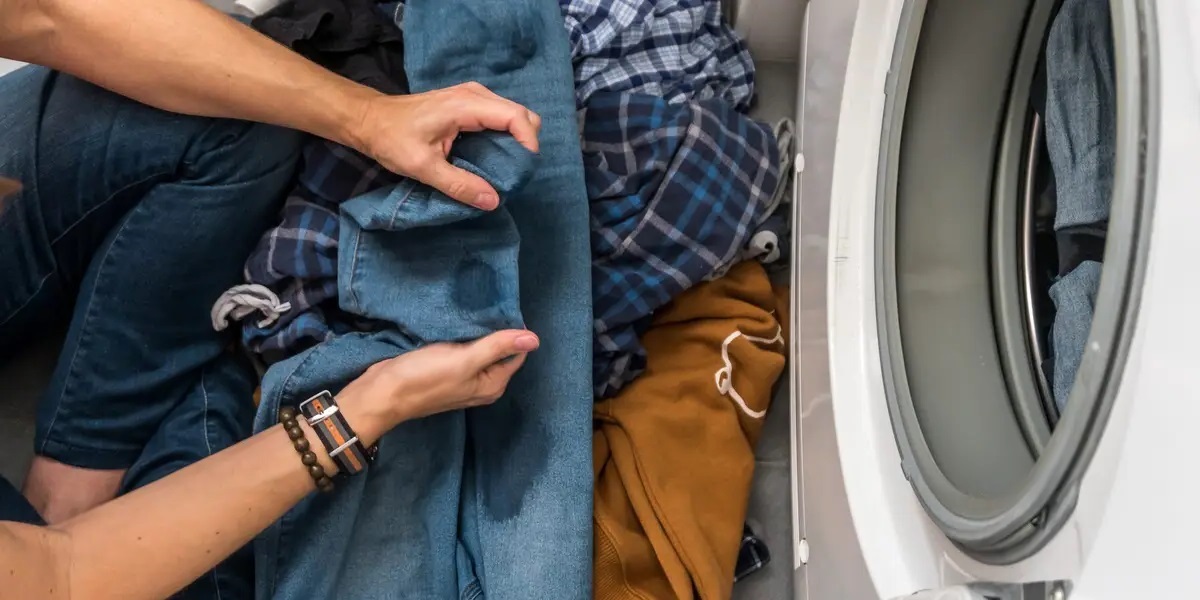
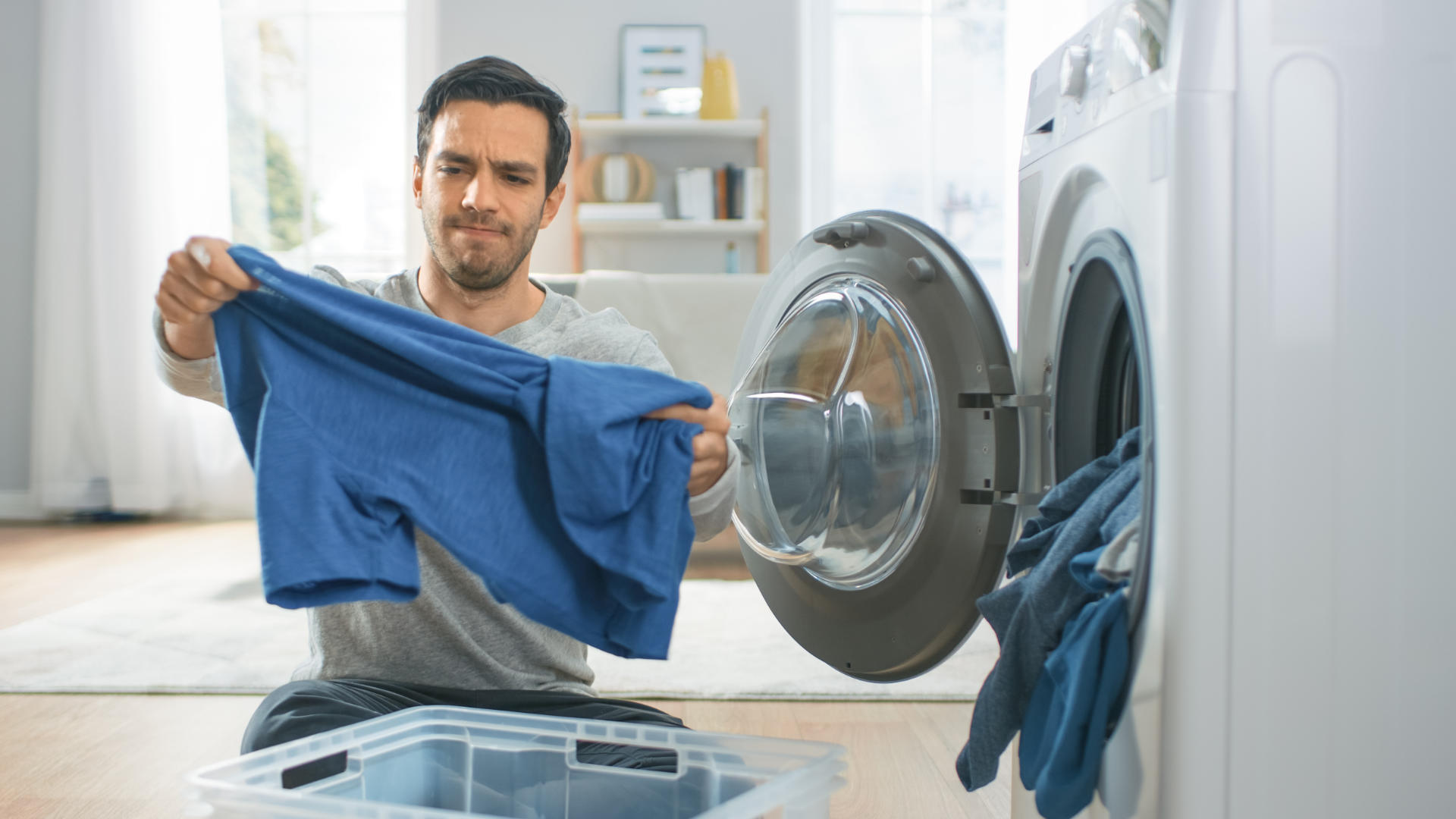
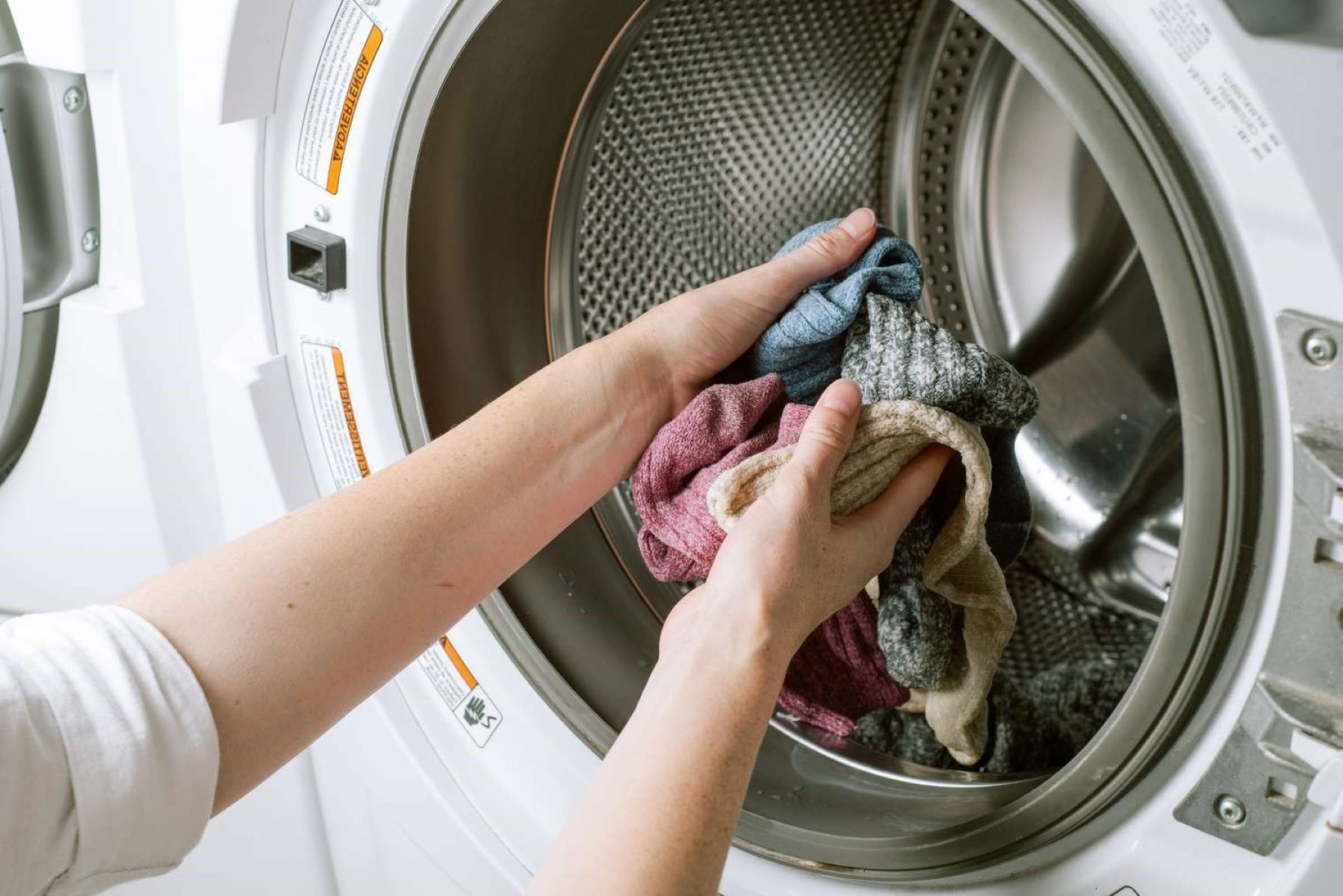
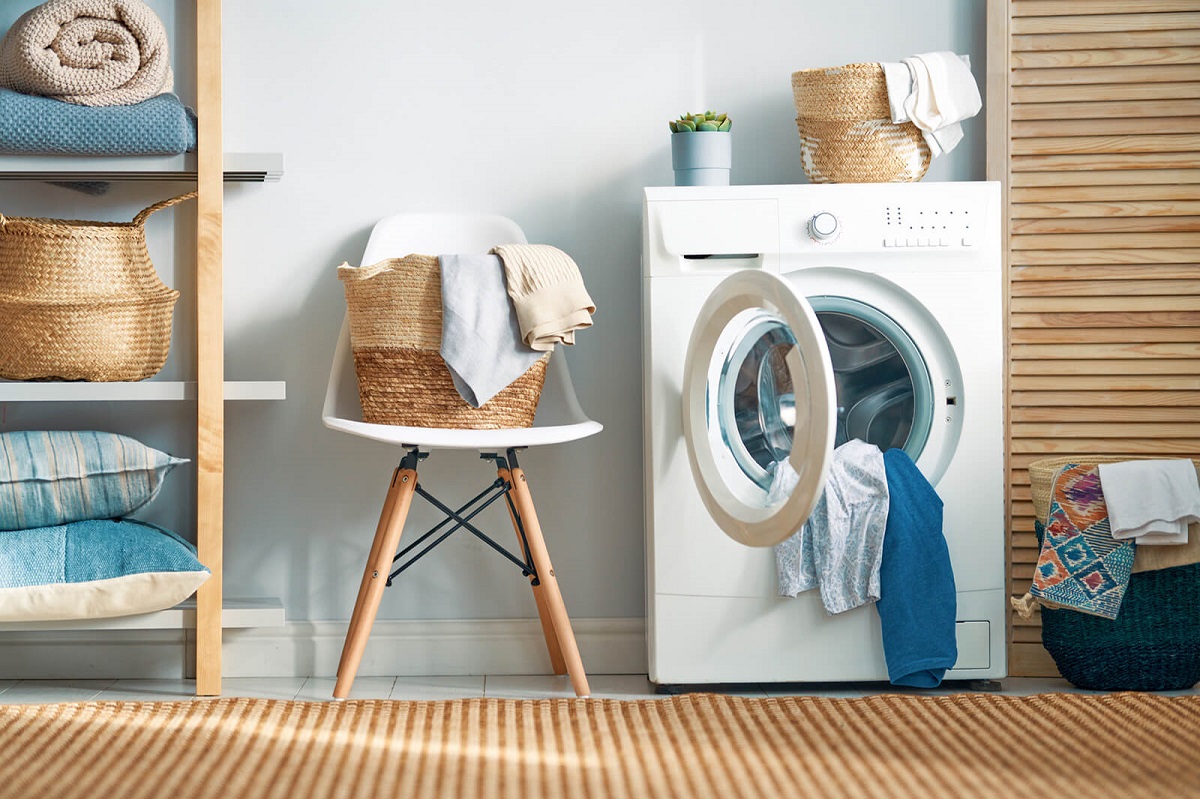
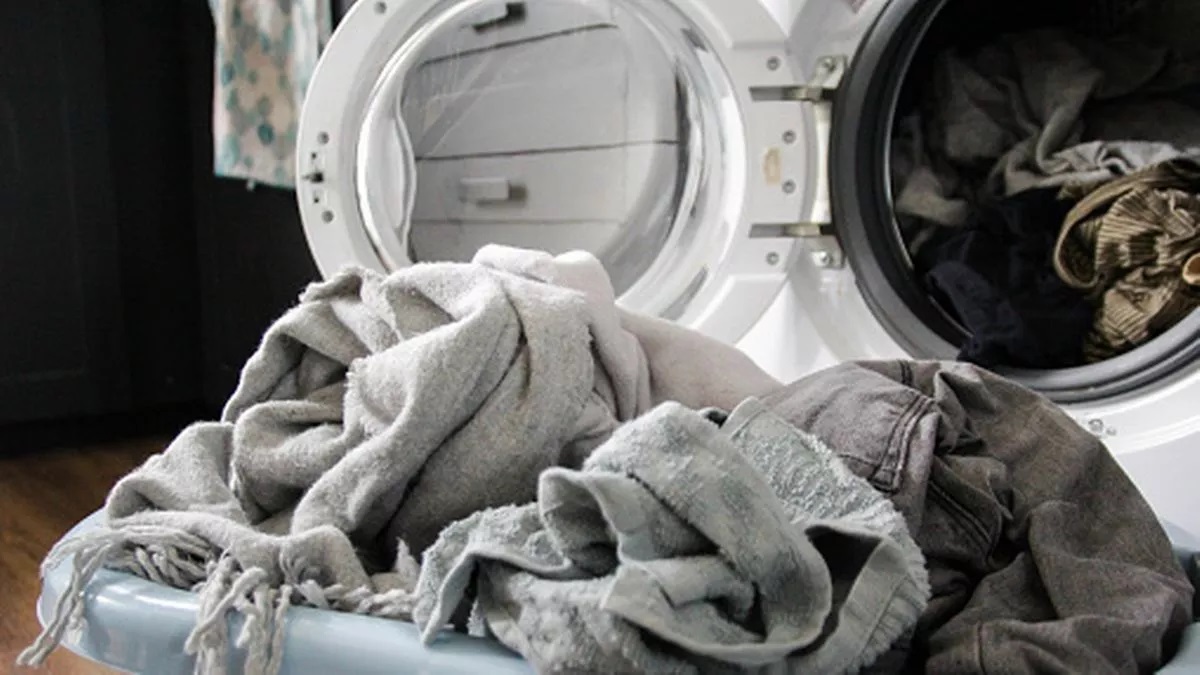
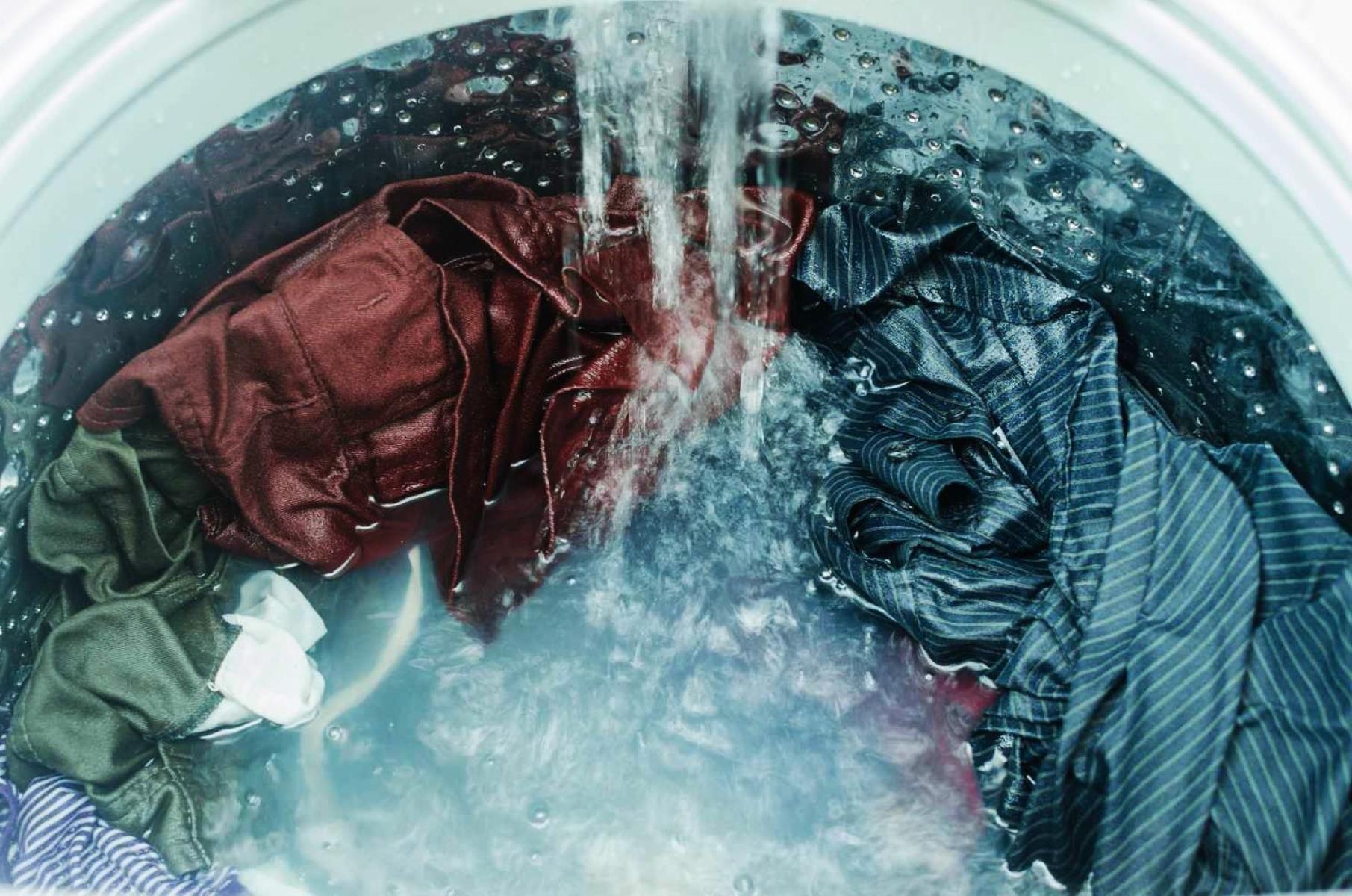
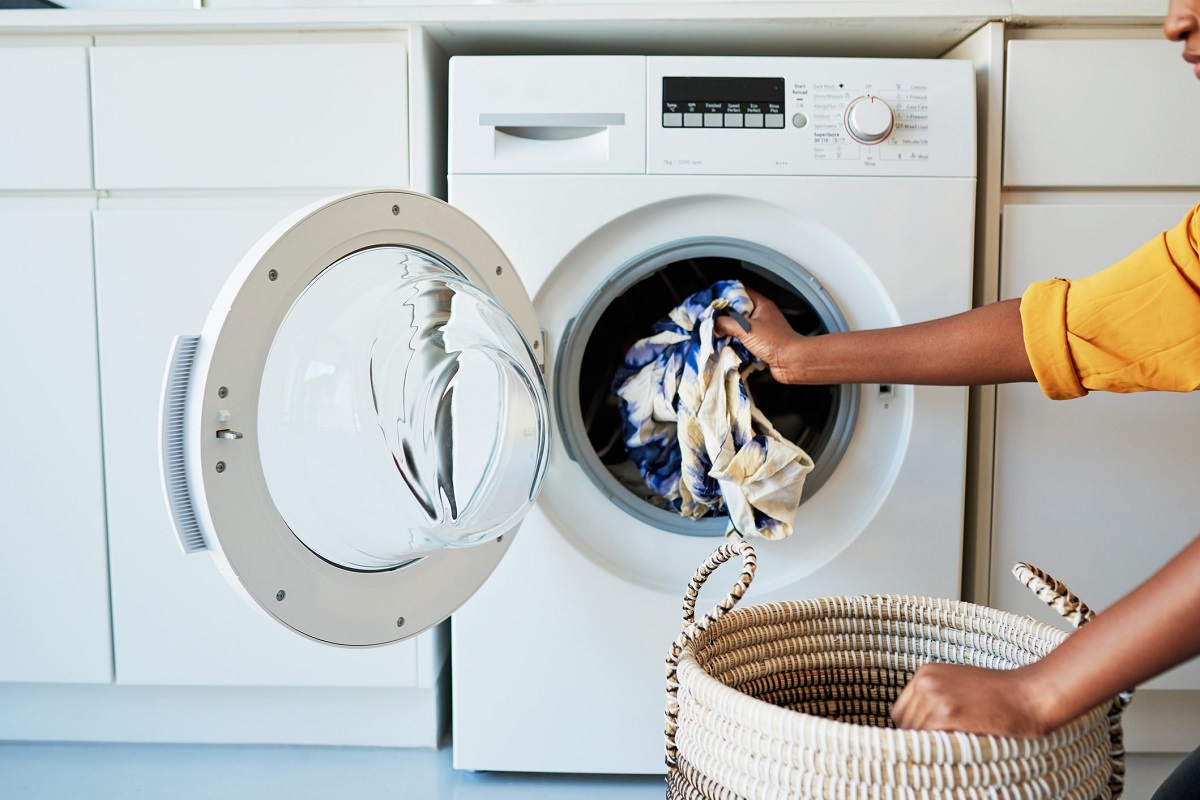
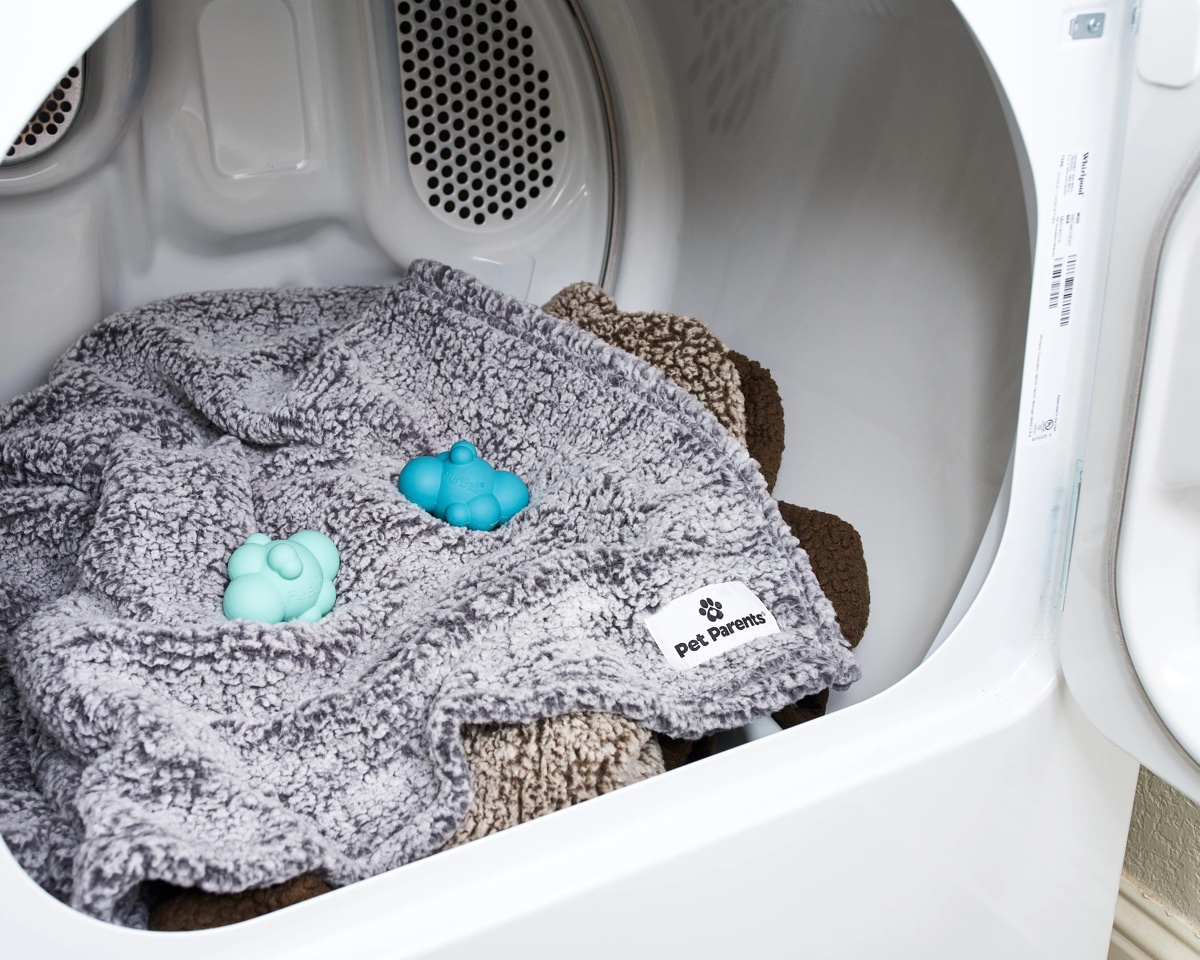


0 thoughts on “How To Get Water Out Of A Washing Machine”